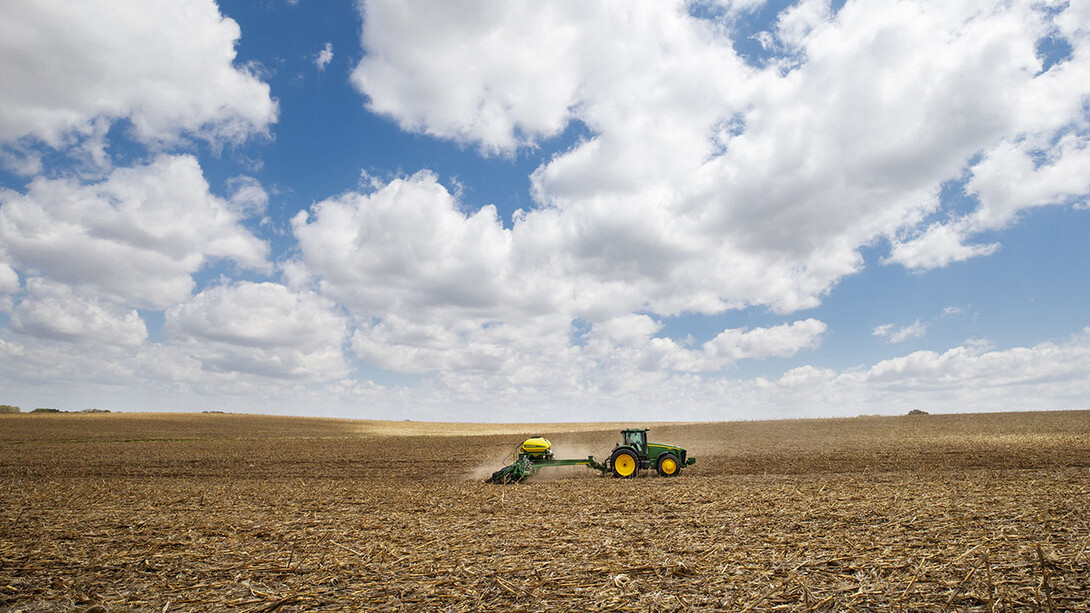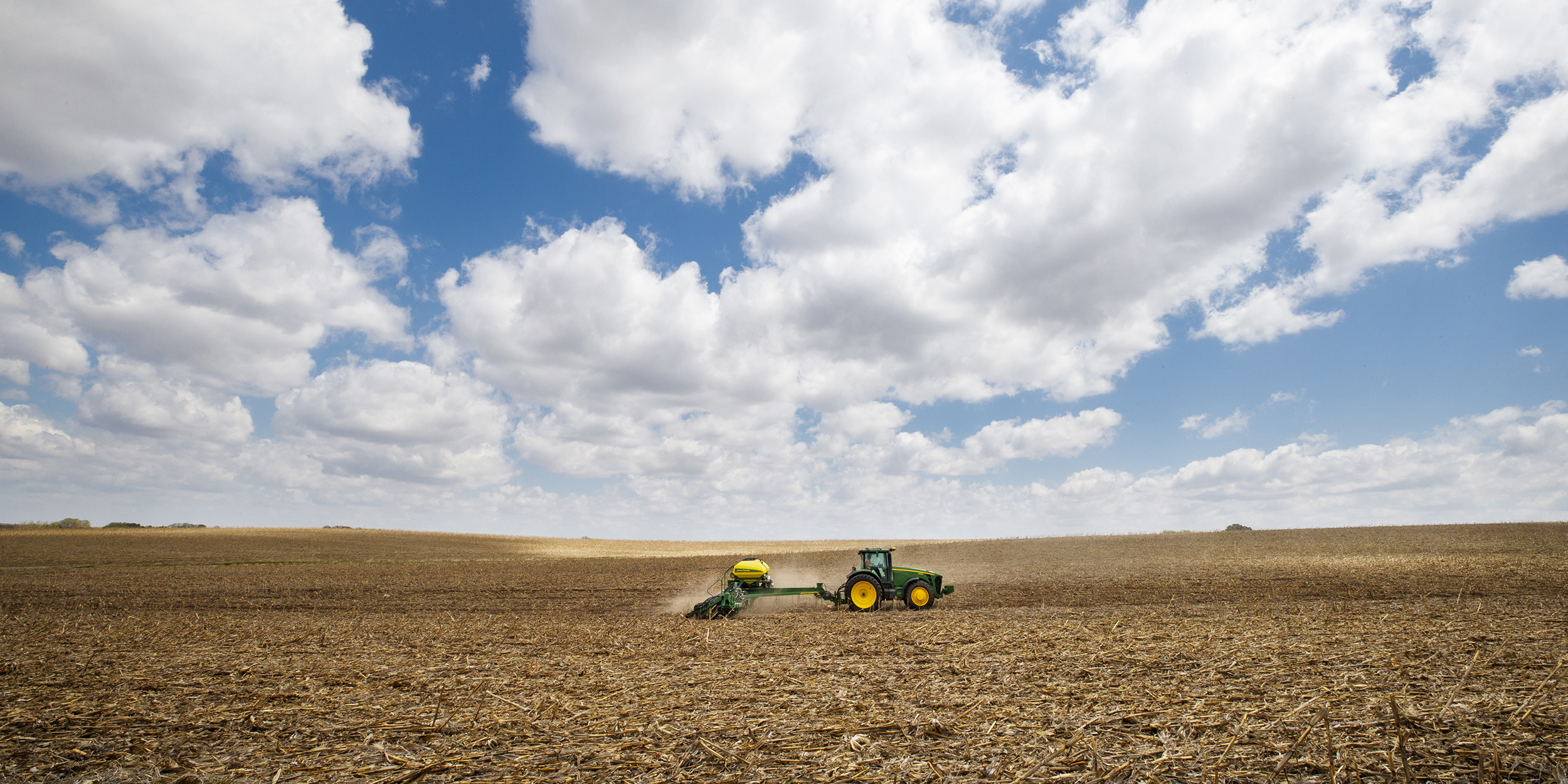
The new Center for Agricultural Profitability at the University of Nebraska–Lincoln has developed several resources for producers considering selling carbon credits.
A publication released this week offers a checklist of questions that farmers, ranchers and landowners — along with their attorneys — should ask before signing a carbon contract and entering a market that has many unknowns.
Interest in carbon markets has grown in recent years, as industry and government have sought to address environmental and sustainability goals. They are voluntary, incentive-based markets. In agriculture, producers are typically the sellers and are paid for using management practices that sequester carbon, creating carbon credits. These could include tillage practices, fertilizer practices and land retirement, among others. Aggregators representing collective groups of firms then purchase these credits to offset their own carbon emissions.
Carbon contracts between producers and aggregators are still very new and have little to no standardization, according to Dave Aiken, professor and agricultural law specialist in the Department of Agricultural Economics.
“It’s like the Wild West out there, and every company is going to have a different contract,” he said. “These can be quite complicated, so it’s going to be a little bit of a challenge to figure it out on your own.”
The new checklist, authored by Aiken, offers 11 questions covering topics such as payment considerations, contract length, carbon sequestration practices and more. It defines the standard carbon credit trading unit as one metric ton of carbon sequestered in soil, which Aiken estimates to be valued around $5 per ton. He noted that some estimates predict an increase to as much as $170 per ton in the next several years — a figure he describes as a “slim possibility” — which is indicative of the uncertainties and interest surrounding carbon markets right now.
“Some carbon credit aggregators may be willing to pay a substantial bonus to get producers to sign up with their program, creating the mirage of an ag carbon credit bonanza,” Aiken said.
The checklist highlights the importance of involving a lawyer before signing a contract because of the likely long-term period of the agreement, the potentially complicated fine print about getting out of the contract, and the specific rights that the aggregator will have on the land. Other unknown factors that should be considered include the verification process for carbon sequestration and the ability of tenants to sell carbon credits.
While there seems to be a lack of clarity and uniformity surrounding carbon markets, a group of senators in April reintroduced the Growing Climate Solutions Act, which seeks to break down barriers to participation and create standards for carbon markets in U.S. agriculture. Nebraska Sen. Deb Fischer is among the bipartisan group of lawmakers co-sponsoring the legislation.
Aiken noted that the bill would have the U.S. Department of Agriculture do a few important things to create transparency for this emerging market.
“One is to set the standards for determining how to tell how much carbon has been stored each year,” he said. “The other thing would be to maintain a list of all the groups that are buying these carbon contracts, so if a farmer wants to find out about them, they can go look through the different groups that are on there, what they’re offering, and maybe find one that can work for them.”
Aiken said that creating this checklist, along with other resources on carbon markets, is important because of heightened visibility for the issue in the ag industry and the need for producers and landowners to carefully consider what they are agreeing to.
“If somebody offers you a carbon contract, read through it, and if there is anything at all that you don’t understand or that you’re not clear about, you’re going to have to take it to a lawyer,” he said.
“The lawyer will be able to help you work though all of that so you know what your options are and what could happen with the contract, if things go good or bad.”
For the checklist and more ag carbon resources from the Center for Agricultural Profitability, click here.








